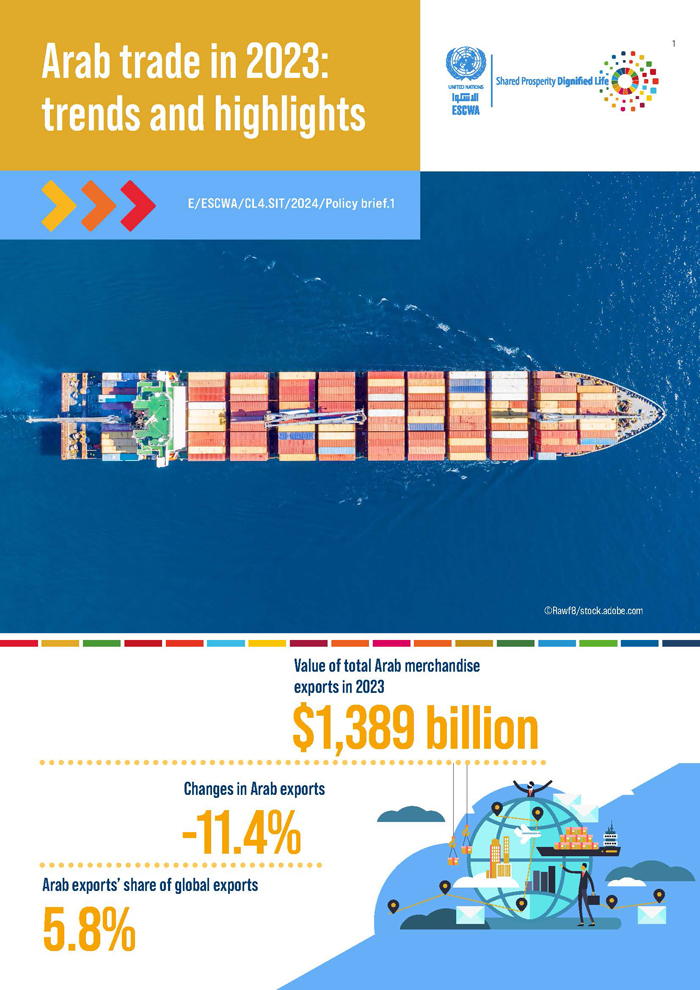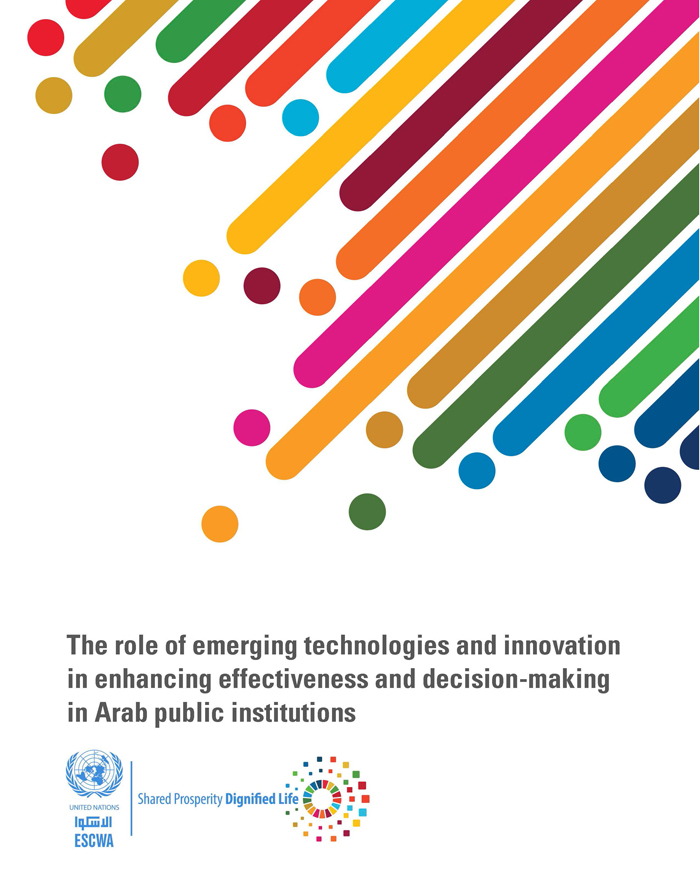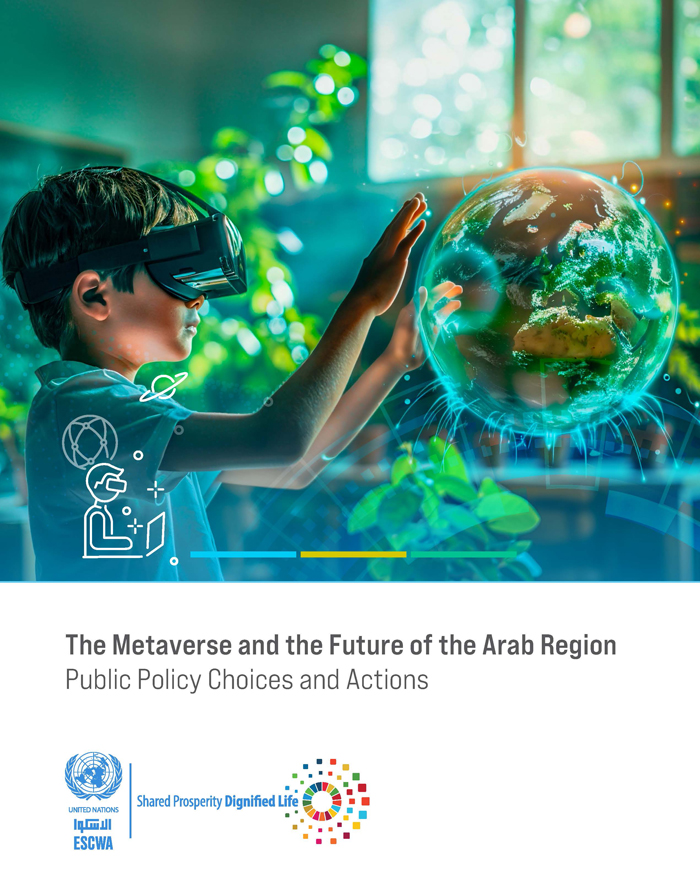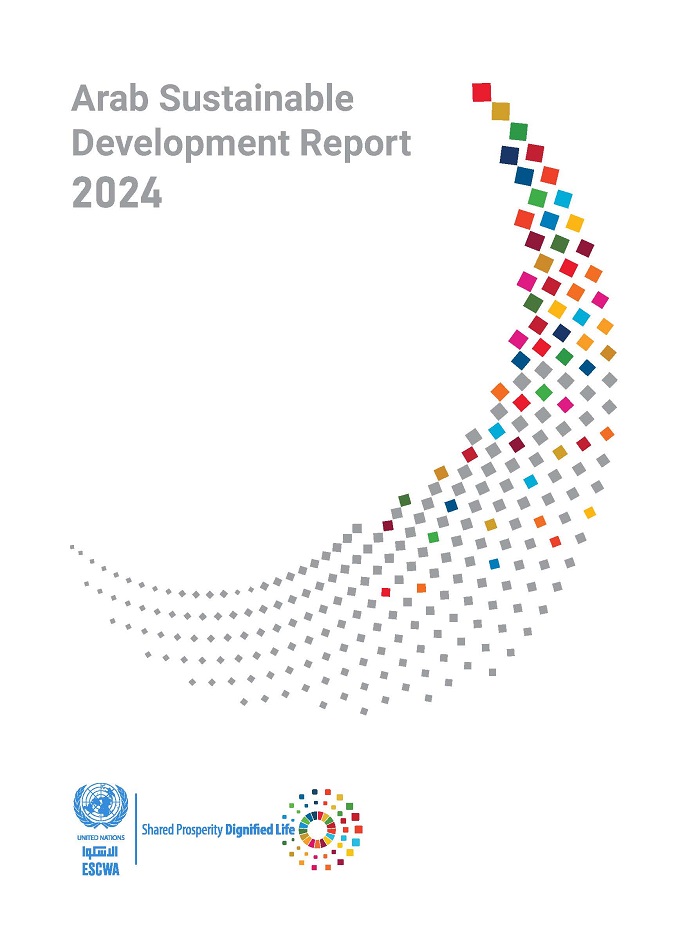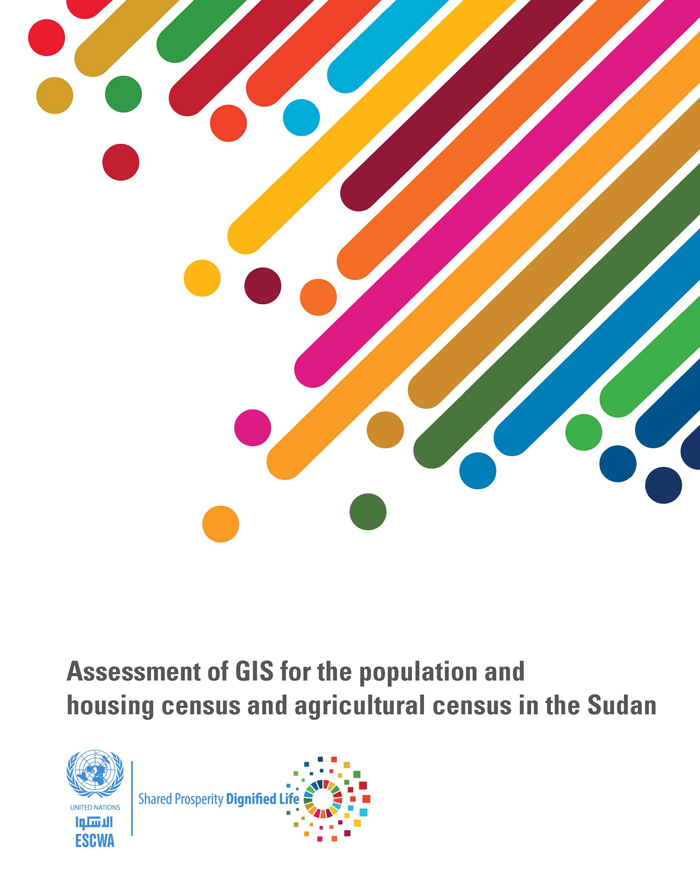
ESCWA Publication: E/ESCWA/CL4.SIT/2022/TP.2
Country: Republic of Sudan
Publication Type: Reports & studies
Cluster: Statistics, Information Society and Technology
Focus Area: Statistics
Initiatives: Population & Housing Censuses
SDGs: Agenda 2030
Keywords: Geographic information systems, Population censuses, Housing censuses, Agricultural censuses, Geospatial information management, Statistical data, Sustainable development, Technical cooperation
Assessment of GIS for the population and housing census and agricultural census in the Sudan
October 2022
It is against this mandate that the Central Bureau of Statistics (CBS) in the Sudan aims to use innovative geospatial information technologies in support of its upcoming census, and to adopt and implement them in accordance with United Nations recommendations, taking into account national circumstances. In this regard, the Economic and Social Commission for Western Asia (ESCWA) has commissioned the present report to identify the scope and the gaps of the existing geospatial infrastructure within the statistical office in the Sudan, with guidelines on how to use geospatial information technologies at every stage of the census, and identify the resources and capacities needed for their implementation and monitoring.
Related content
Statistics
,
It is against this mandate that the Central Bureau of Statistics (CBS) in the Sudan aims to use innovative geospatial information technologies in support of its upcoming census, and to adopt and implement them in accordance with United Nations recommendations, taking into account national circumstances. In this regard, the Economic and Social Commission for Western Asia (ESCWA) has commissioned the present report to identify the scope and the gaps of the existing geospatial infrastructure within the statistical office in the Sudan, with guidelines on how to use geospatial information technologies at every stage of the census, and identify the resources and capacities needed for their implementation and monitoring.
